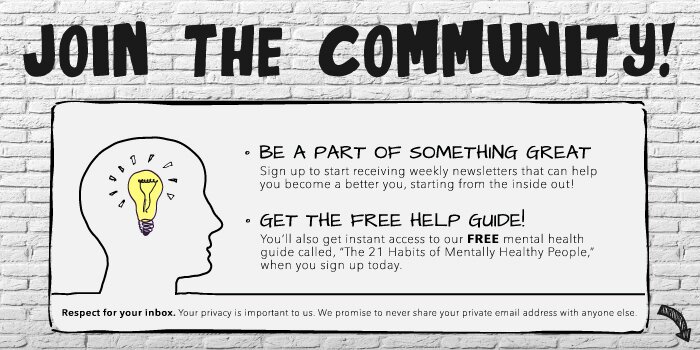Are Diagnostic Checklists for Depression Adequate?
The Diagnostic and Statistical Manual of Mental Disorders (DSM) – the “bible” of psychiatry – provides a checklist of symptoms for depression that clinicians can use as a diagnostic tool.
Usually, the mental health provider will tally up the number of depression symptoms that patients check off on those questionnaires. It does not matter which of the symptoms these patients have, as long as they have a certain number of them.
But is this the best way to tell if someone is truly depressed?
According to a new, large-scale quantitative study, perhaps not: researchers found that some symptoms play a much bigger role than others in driving depression, and that the symptoms listed in DSM may not be the most useful ones.
The study, conducted at KU Leuven, Belgium, a leading European research university, challenges the current approach. Lead author Dr. Eiko Fried from the KU Leuven Faculty of Psychology and Educational Sciences explains:
We need to stop thinking of depression as a disease that causes a number of interchangeable symptoms. Depression is a complex, extremely heterogeneous system of interacting symptoms. And some of these symptoms may be far more important than others.
The researchers analyzed data on 28 symptoms provided by 3,463 depressed patients. Then, they examined the connections between these symptoms. Their network analysis shows that some symptoms are more “central” (more connected) than others. As a result, these symptoms have a much bigger impact on the depressive process.
Dr. Fried elaborates:
If you think of depression as a network of interacting symptoms, one symptom can cause another. For instance, insomnia may lead to fatigue, which in turn may cause concentration problems that feed back into insomnia. This example of a vicious circle shows that the specific symptoms patients report, and their interactions, can be of crucial clinical importance.
Depression is not like, say, measles. When you have measles, your symptoms help the doctor figure out what underlying disease you have. But once you are diagnosed, it doesn’t really matter which of the possible symptoms you did or didn’t get. Treating the disease itself makes all your symptoms disappear. Depression is more complicated. It is not an infection or a specific brain disease. There is no easy cure, no drug that makes all symptoms go away. Instead, we may want to focus treatment efforts on the symptoms driving a patient’s depression.
In the study, the two main DSM symptoms – sad mood and decreased interest or pleasure – ranked among the top 5 in terms of centrality. But the researchers also found that DSM symptoms such as hypersomnia, agitation, and weight change are not more central than other common depression symptoms such as pessimism and anxiety.
What are the implications of these findings? Should clinicians continue to use the DSM checklist?
To this, Dr. Fried says:
Ideally, the list of depression symptoms should become more comprehensive to do justice to the heterogeneity of depression. I also think both clinicians and researchers can learn a lot from paying more attention to individual symptoms and their interactions. But of course, we need much more research before we can actually replace the DSM diagnosis of depression with something else.
Related Reading



